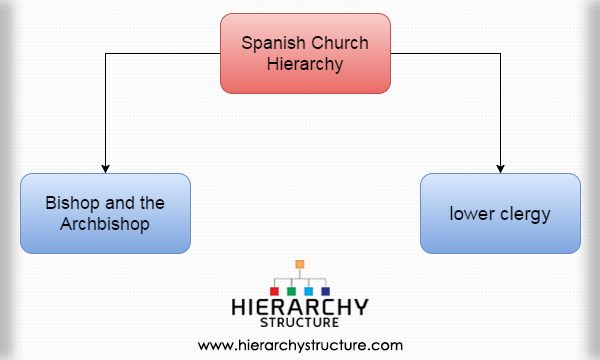The Spanish Catholic Church is a part of the Roman Catholic Church and thus under the three authorities, that of the Pope, the Roman Curia and the Conference of the Bishops of Spain. Long ago, around 360 A.D the Visigoths who had conquered Spain, were converted to Arian Christianity. The Medieval age also saw Spain a theatre of the Crusade. In 1492, by a long process of reconquest, called the Reconquista, Catholics were able to establish their religion in Spain. Afterwards, Spain became one of the countries who prided themselves on the purity of the scriptures followed in order to follow the religion.

During General Franco’s rise to power, Catholicism played a significant role in upholding nationalist ideology. It was an unifying factor that closed down the schisms of regionalism and other divisive elements. The role of the hierarchy of the Church in this period is significant.
- The Bishop and the Archbishop- Some of the Bishops and the Archbishop played an important role in encouraging the rebels. The Bishop of Pamplona first named the war a religious crusade and the Church is to side with the Crusader in preventing more bloodsheds. As a result a symbiosis between the Church and nationalism took place and the hierarchy firmly stood with the rebels for a long time. It was only after the death of General Franco, the Church hierarchy would disassociate itself from the Spanish state.
- The lower clergy- Just like the higher section of clerical officer, the lower clergy also were in support of the rebels. At the grass root level, there was a stronger unity that was seen during this time. The Parish priests were to preach things to the layman. They would also interact with them on day to day basis. This made their alliance with rebels more suitable and easy.
At a later stage, though a rift between the Spanish clergy and the church became visible. The church started to distance itself from the authoritarian government, because their association was creating distance between them and the clergy. Around 1970s, the younger generation of the priests, in parishes, started to oppose the government. Socialism as a political preference started to grow rapidly among them. Some of the members of the hierarchy of the Church became quite radicalized. Lay Catholic organizations have started to flourish much before this, and they carried message of the religion to the workers. Many priests had served as Chaplains to the lay members. Thus the relationship between the Church hierarchy and the state changed to a large extent.
This is the structure of Spanish Catholic Church. Also know about Roman Catholic Church Hierarchy.
